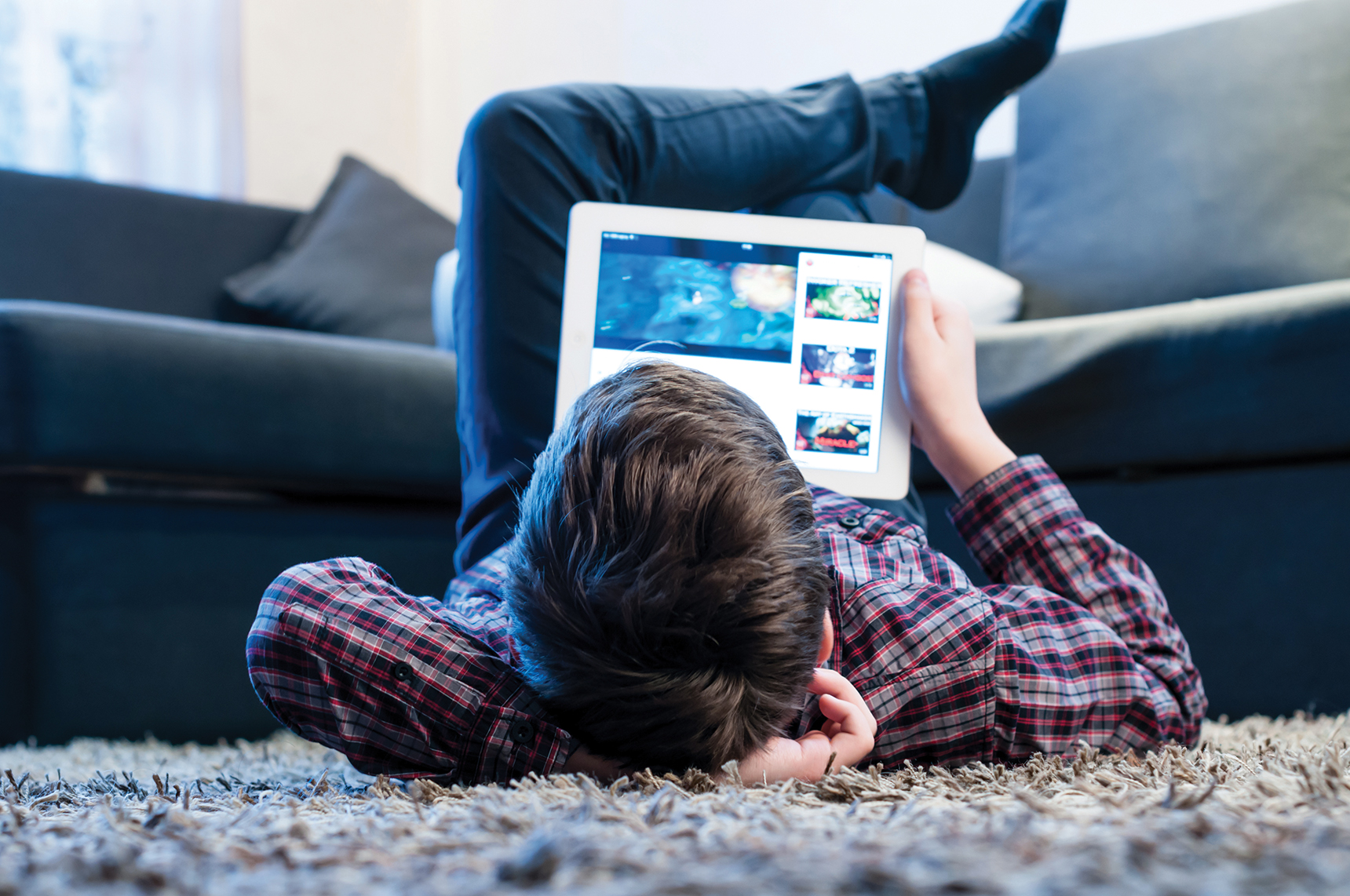The Dark Side of EdTech: When Screen Time Steals More Than Just Attention
👋 Hey there, fellow parents and educators! Let me start with a confession: I’ve been that aunt. You know, the one who hands her 4-year-old niece a tablet at family dinners just to buy 10 minutes of peace. But last month, something changed. My niece, who used to chatter nonstop about dinosaurs, started staring blankly at her cereal bowl. When I asked her why, she mumbled, “I’m bored.” That moment hit me like a ton of bricks: What is all this screen time really doing to our kids?
Let’s dive into the messy, eye-opening world of EdTech and child development. Spoiler: It’s not all coding games and virtual field trips.
The Double-Edged Sword of Screen Time
EdTech promises a brighter future—personalized learning! STEM skills! Global classrooms! But behind the glossy apps and VR headsets lies a darker reality. Recent studies show that excessive screen time can rewire young brains, affecting everything from language skills to emotional resilience.

Take cognitive development. Sure, my niece can navigate a tablet faster than I can tie my shoes, but researchers found that every extra hour of TV watched at age 2 correlates with a 7% drop in classroom participation by fourth grade. Yikes. And it’s not just TV—multitasking between YouTube and homework literally shrinks the brain’s gray matter responsible for focus and impulse control.
The Language Gap: When Screens Replace Conversations
Remember the days of bedtime stories and playground banter? They’re vanishing. One study revealed that background TV reduces parent-child interactions by 20%, turning caregivers into passive observers rather than engaged teachers. For toddlers, this can mean a 6x higher risk of language delays if they start screen time before 12 months.
But here’s the twist: Not all screen time is equal. When parents co-view educational content with kids—like discussing a nature documentary—it can boost vocabulary and critical thinking. The key? Context matters more than clock time.
Emotional Rollercoaster: Screens and the “Anxiety Generation”
Let’s talk about the elephant in the room: mental health. Teens now average 8 hours daily on screens, and it’s no coincidence that anxiety and depression rates have skyrocketed6. For younger kids, excessive screen use is linked to aggression, poor emotional regulation, and even lower empathy.

Why? Screens flood developing brains with dopamine hits (thanks, TikTok!), making real-world interactions feel… meh. One study found that 4-year-olds with TVs in their bedrooms scored lower in emotional understanding by age 8. And boys glued to video games? They struggle more with emotional cues than girls.
The Great Screen Time Debate: A Table of Pros vs. Cons
Let’s break it down visually.
| Pros of EdTech 🟢 | Cons of EdTech 🔴 |
|---|---|
| Boosts STEM skills with interactive apps2 | Impairs executive functioning (e.g., focus, self-control) |
| Expands access to global classrooms10 | Reduces face-to-face social interactions |
| Enhances learning for kids with special needs9 | Increases risk of obesity and sleep disorders |
| Fosters creativity through gamification4 | Linked to anxiety, depression, and lower self-esteem |
A Real-Life Fix: How “Green Time” Saved My Sanity
After my niece’s “boredom crisis,” I panicked. But then I stumbled on a game-changer: the “green time” solution. Researchers in New Zealand found that outdoor activities reverse screen time’s negative effects by restoring attention spans and reducing anxiety. So, we swapped Saturday cartoons for scavenger hunts in the park. Within weeks, her dinosaur obsession returned—along with her giggles. 🌳
3 Actionable Strategies for Healthier Screen Habits
-
Co-View with Purpose: Watch educational shows together and ask questions like, “Why do you think the character did that?”.
-
Create a Family Media Plan: Set screen-free zones (dinner table!) and prioritize “green time”.
-
Delay the Digital Dive: No screens before 18 months, and keep bedrooms device-free.
The Bottom Line: Balance, Not Bans
Look, I’m not here to demonize Disney+ or swear off math apps. EdTech can be magical—when used intentionally. But as one neuroscientist bluntly put it: “Giving a kid a tablet is like giving them a candy bar for breakfast”. Let’s aim for a diet of mostly real-world play, sprinkled with screen time that actually enriches.

Next time you’re tempted to hand over the iPad, ask yourself: Is this building a skill—or just building dependency? 💡
Got a screen time win (or horror story)? Share it below! Let’s navigate this digital jungle together. 👇🌍
